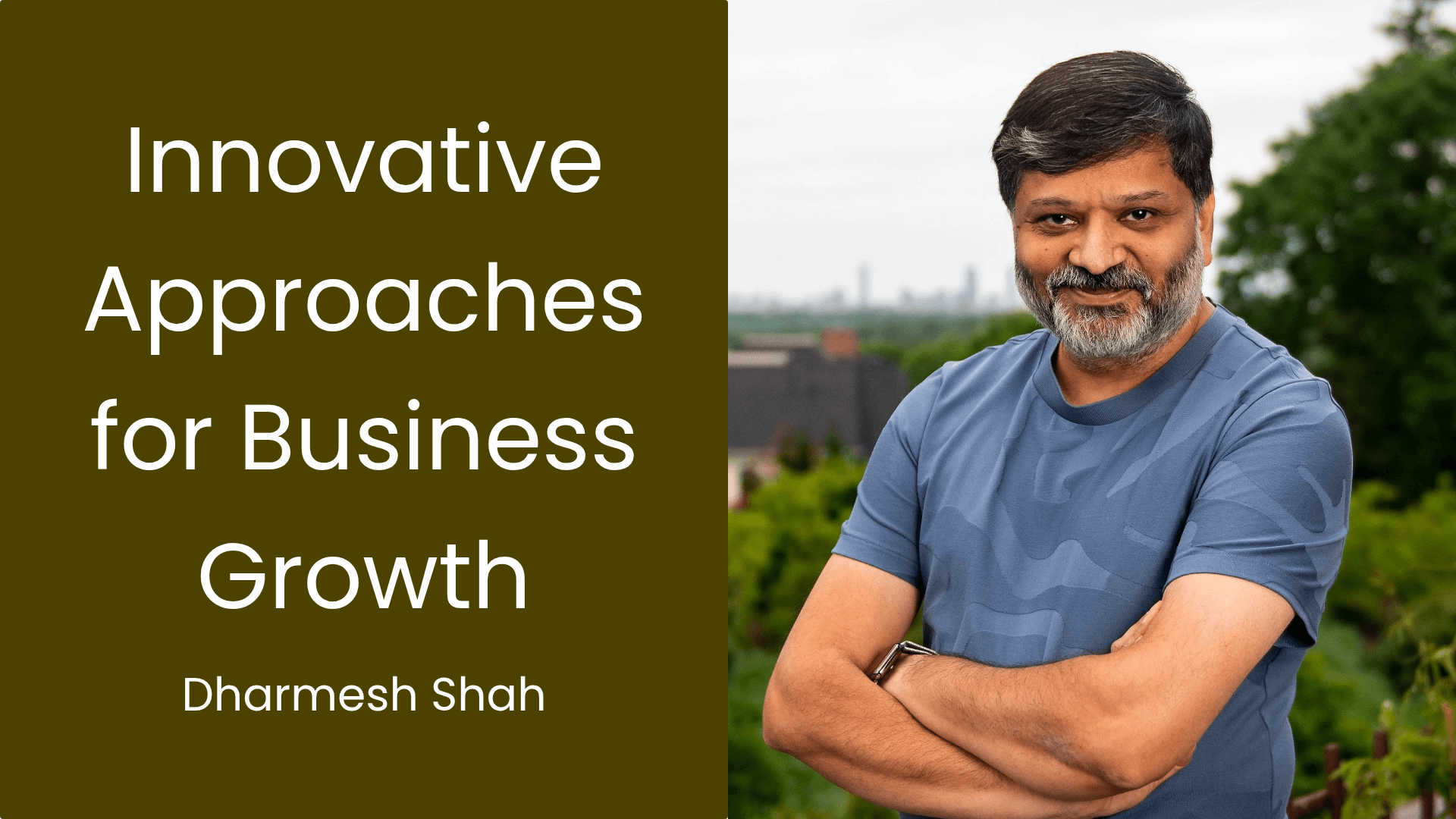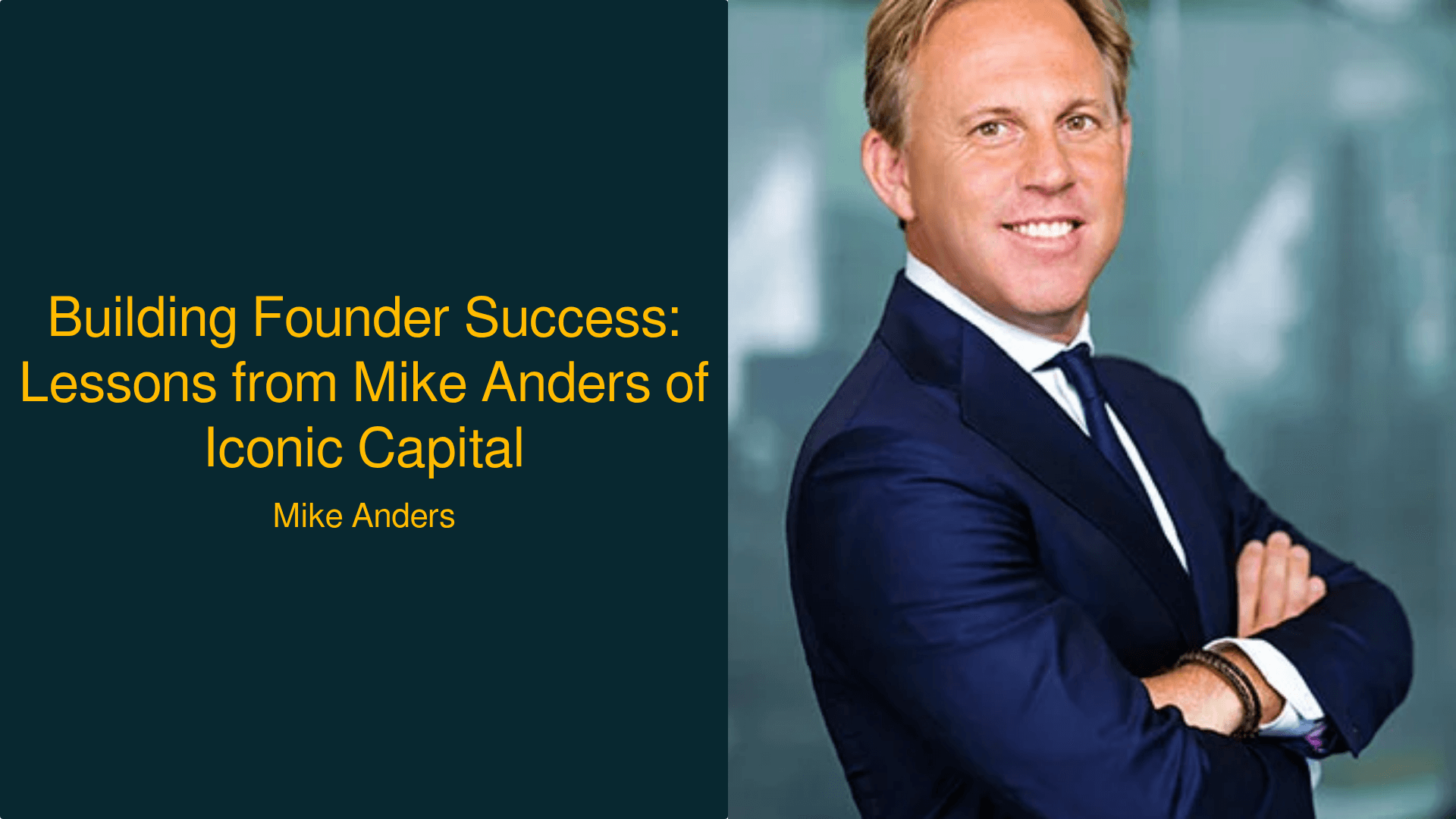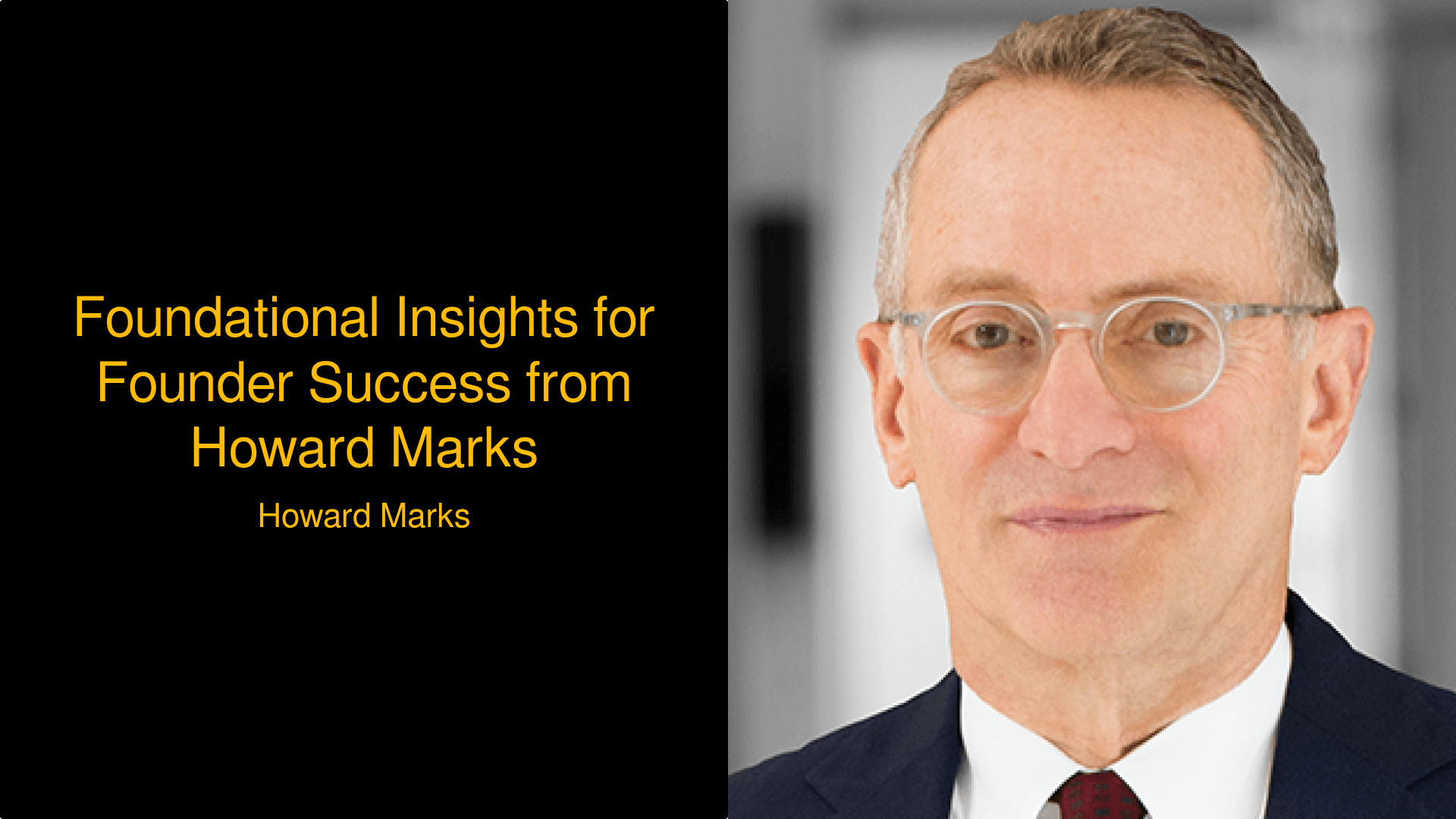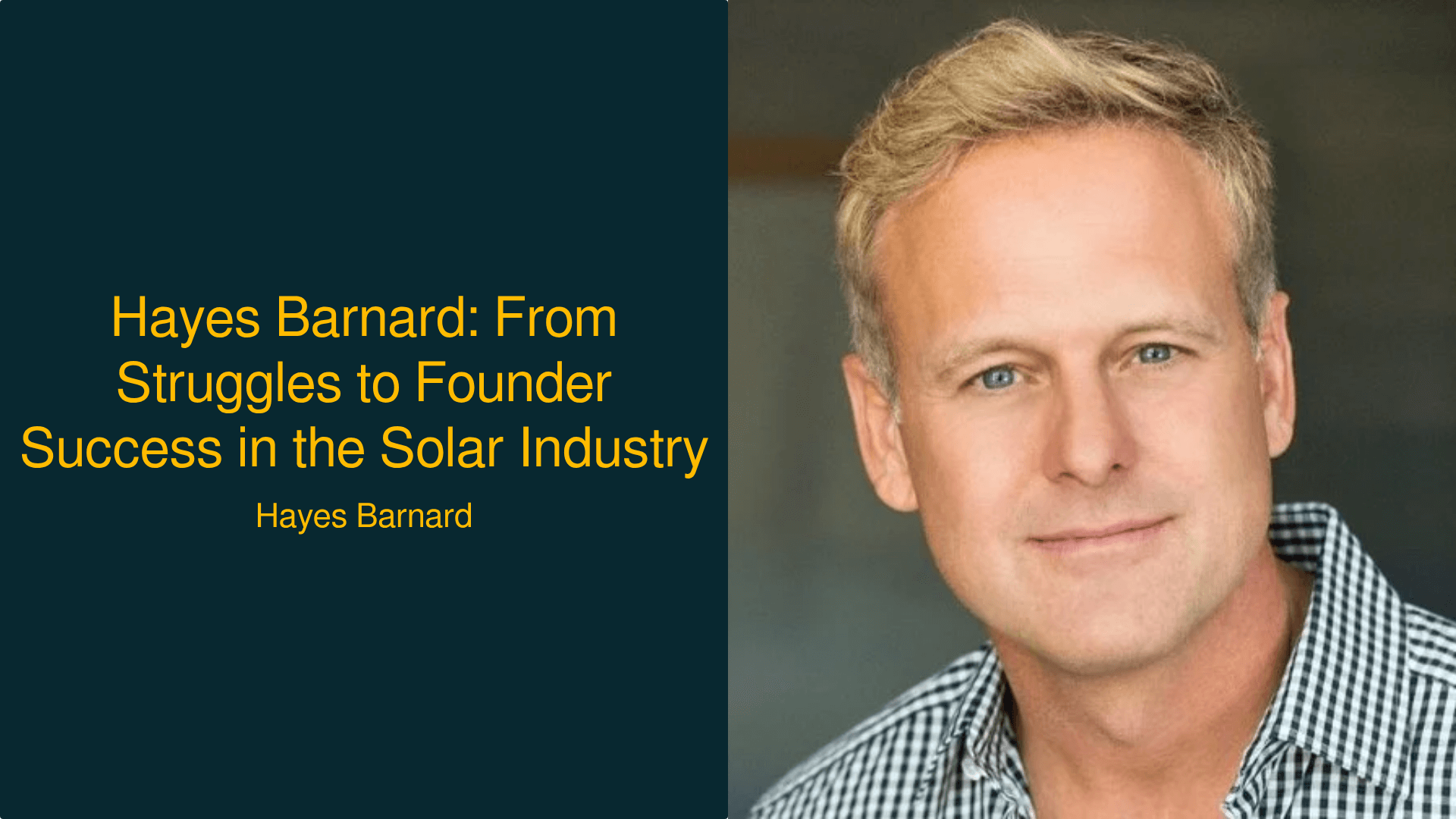Unlocking Founder Success: Strategies from Dharmesh Shah
Discover actionable insights and frameworks for founder success from Dharmesh Shah's journey with HubSpot.

Unlocking Founder Success: Strategies from Dharmesh Shah
In the competitive landscape of entrepreneurship, understanding the strategies that lead to founder success is crucial. Today, we delve into the insights shared by Dharmesh Shah, the co-founder of HubSpot, a company that revolutionized the marketing industry and is now valued at over $30 billion. With his unique approach to inbound marketing and SEO, Dharmesh exemplifies how innovative thinking can lead to remarkable growth. In this article, we will explore key frameworks and actionable strategies that Dharmesh employed throughout his journey, providing you with practical insights to apply in your own ventures. Whether you’re an aspiring founder or a seasoned entrepreneur, the lessons drawn from Dharmesh’s experiences will equip you with the tools needed for success.
The Genesis of Inbound Marketing
Our kind of catchphrase at the time was, you know, try to add value to your prospective customers before you try to extract it. — Dharmesh Shah
Why it matters: Inbound marketing fundamentally shifted how businesses attract and engage customers. By focusing on providing value before asking for anything in return, companies can foster stronger relationships with their audience. This approach not only enhances brand reputation but also leads to higher conversion rates. For example, HubSpot’s emphasis on educational content helped them build a loyal customer base, while competitors struggled to gain traction with traditional advertising methods. The data shows that companies utilizing inbound marketing strategies experience significantly higher lead generation and customer retention rates.
How to Apply This
- Identify your target audience and their pain points.
- Create valuable content that addresses these pain points, such as blog posts, videos, or e-books.
- Distribute this content through various channels, including social media and email newsletters.
- Engage with your audience by responding to comments and encouraging feedback.
- Analyze the performance of your content and refine your strategy based on insights.
Leveraging SEO for Organic Growth
The first thing you have to figure out is that there are lots of smart people at Google whose sole job it is to deliver high quality results to the end user. — Dharmesh Shah
Why it matters: Effective SEO strategies are essential for increasing organic traffic and visibility. By understanding how search engines rank content, businesses can create high-quality, relevant material that meets user needs. HubSpot’s SEO efforts led to a significant increase in site traffic and lead generation. For instance, a well-optimized blog post can continue to attract visitors for years, providing ongoing value without the need for continuous ad spend. Studies show that companies investing in SEO see a substantial return on investment, often outpacing those relying solely on paid advertising.
How to Optimize for SEO
- Conduct keyword research to identify relevant terms your audience is searching for.
- Optimize on-page elements, including titles, headers, and meta descriptions.
- Create high-quality, informative content that addresses user queries.
- Build backlinks from reputable sources to increase domain authority.
- Monitor and analyze your SEO performance regularly to make data-driven adjustments.
Building a Community Around Your Brand
The idea here is there’s this thing called inbound marketing which we think is a better way. — Dharmesh Shah
Why it matters: Creating a community fosters loyalty and engagement, turning customers into advocates. This approach not only enhances brand visibility but also generates valuable feedback and insights from your audience. HubSpot’s annual Inbound conference exemplifies this, bringing together industry leaders and customers to share knowledge and experiences. Companies that prioritize community-building often see increased customer satisfaction and retention, as well as enhanced word-of-mouth referrals. Research indicates that engaged customers are more likely to make repeat purchases and recommend brands to others.
How to Build a Community
- Create a platform for your audience to engage, such as a forum or social media group.
- Host events or webinars to facilitate knowledge sharing and networking.
- Encourage user-generated content and testimonials to amplify community voices.
- Regularly solicit feedback and incorporate it into your product development.
- Recognize and reward community members for their contributions and loyalty.
Adapting to Market Changes with Agility
You have to have the conviction to say, I know it’s just a matter of time. — Dharmesh Shah
Why it matters: In a rapidly changing market, the ability to pivot and adapt is vital for success. Founders must stay attuned to industry trends and be willing to experiment with new approaches. HubSpot’s continuous evolution of its product offerings demonstrates this agility, allowing the company to stay ahead of competitors. Businesses that embrace adaptability often outperform those that resist change, as they can quickly capitalize on emerging opportunities. Data shows that agile companies are more likely to achieve their strategic goals and respond effectively to customer needs.
How to Foster Agility
- Foster a culture of experimentation where employees feel safe to try new ideas.
- Implement regular feedback loops to gather insights from customers and stakeholders.
- Stay informed about industry trends and competitor movements.
- Encourage cross-functional collaboration to enhance problem-solving capabilities.
- Set up a rapid response team to address urgent market changes or challenges.
Sustaining Growth Through Continuous Learning
You will not outgrind me. You will not outwork me, because that’s under my control. — Dharmesh Shah
Why it matters: Continuous learning is crucial for founders and their teams to stay relevant and innovative. By investing in personal and professional development, entrepreneurs can enhance their skills and knowledge, leading to better decision-making and strategic planning. HubSpot’s commitment to education, through resources like HubSpot Academy, exemplifies this approach. Companies that prioritize learning often experience higher employee engagement and retention, as well as improved performance. Research indicates that organizations with a strong learning culture are more likely to achieve long-term success.
How to Promote Continuous Learning
- Provide access to training programs and educational resources for employees.
- Encourage mentorship and peer learning within the organization.
- Set aside time for employees to pursue personal development projects.
- Recognize and reward employees who take initiative in their learning.
- Create a knowledge-sharing platform where employees can share insights and best practices.
Conclusion
The journey to founder success is marked by strategic thinking, adaptability, and a commitment to continuous growth. By drawing on the insights and frameworks shared by Dharmesh Shah, entrepreneurs can equip themselves with the necessary tools to navigate the complexities of building and scaling successful businesses. The principles of inbound marketing, SEO, community building, and agility are not just theoretical concepts; they are actionable strategies that can lead to tangible results. As you embark on your entrepreneurial journey, remember that success is not a destination but a continuous process of learning, adapting, and innovating. Take the first step today by implementing these strategies and watching your business thrive.


